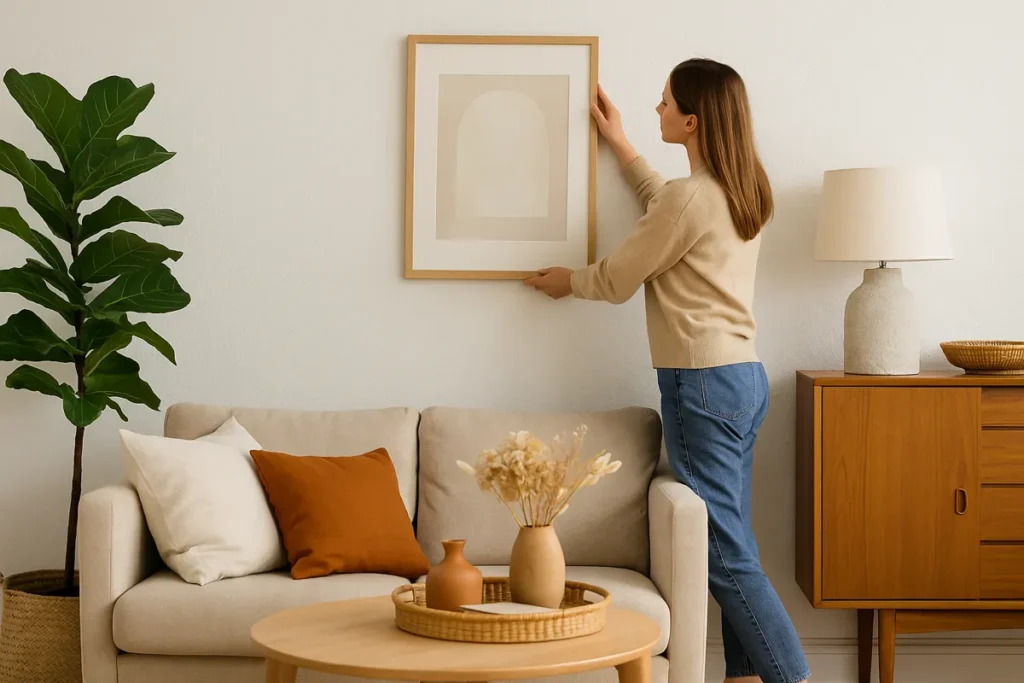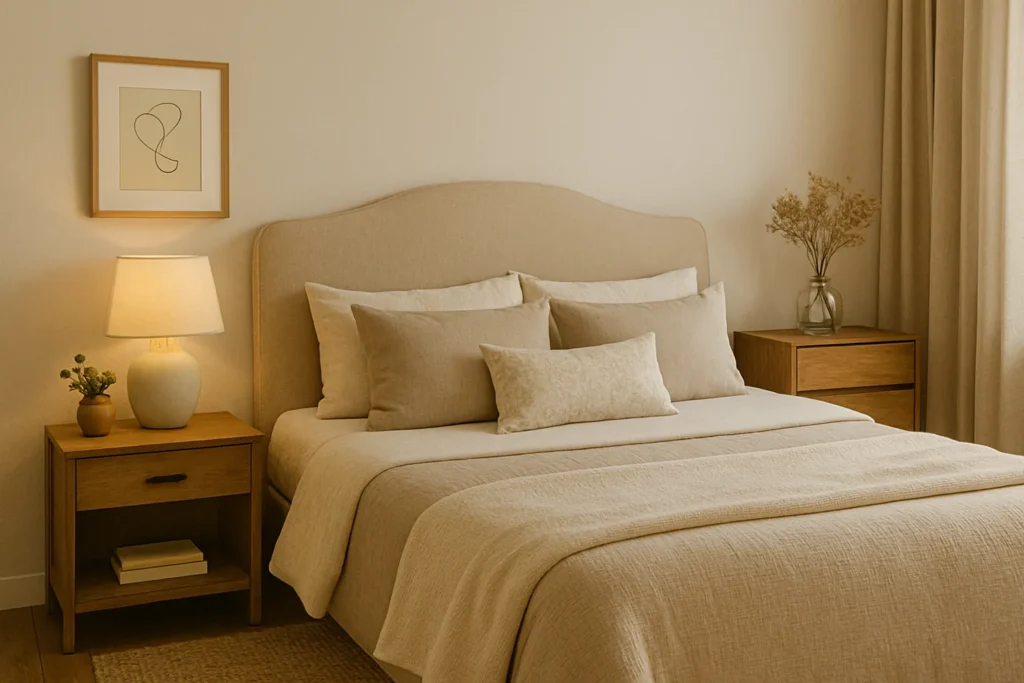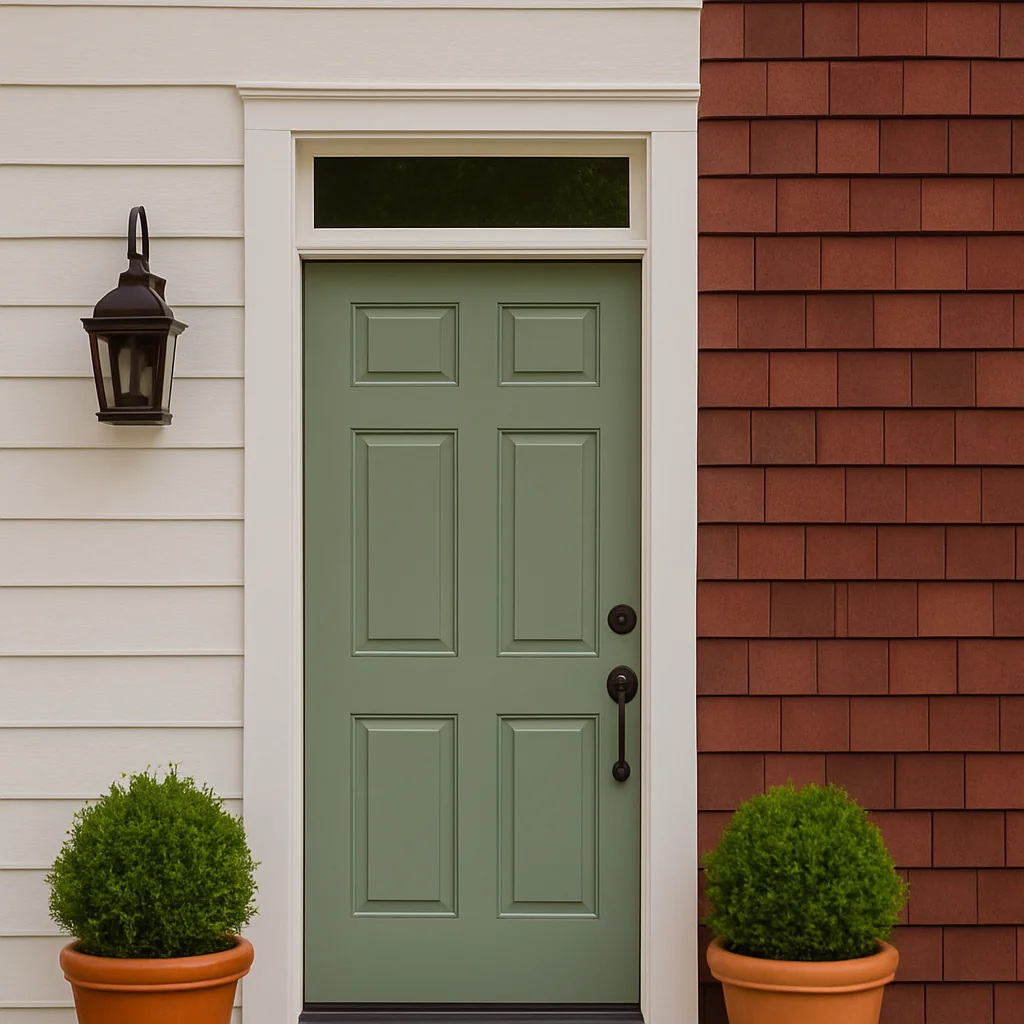You don’t need a degree to have an eye for style. If you’ve ever lost hours rearranging your room, building dreamy Pinterest boards, or feeling that quiet thrill when a space just works, this path is already calling you.
Becoming an interior decorator is less about having a fancy portfolio and more about having vision, and knowing how to bring it to life in a way that feels personal, warm, and beautifully lived-in. Here’s how to become an interior decorator in a way that’s real, approachable, and true to you.
Know What a Decorator Really Does
Let’s keep it simple: designers may handle the bones of a space (floor plans, structural changes), but decorators bring the feeling. Color, texture, layout, lighting, and styling — that’s your zone. You don’t need blueprints. You need taste, intuition, and a good eye for what makes a room come alive.
Start with Spaces You Know
Begin at home. Literally. Try styling your bedroom differently. Shift your living room layout. Swap art. Layer textures. Then help your best friend, your sister, your favorite neighbor. Snap photos. Take notes. Pay attention to the small moments that changed everything. These mini makeovers? They’re your practice ground and your portfolio.
Let Style Speak to You
Don’t rush to define your style right away. Instead, gather what moves you. Scandinavian calm. Earthy boho. Vintage with a splash of glam. Browse old design books, pin what catches your eye, screenshot dreamy hotel lobbies. Over time, you’ll see patterns. That’s your voice emerging. Trust it.
Train Your Eye Like a Pro
Start soaking up inspiration. Follow decorators on Instagram. Flip through design books. Binge Pinterest like it’s your job (because soon, it kinda is). Make mood boards to practice. Notice what keeps showing up: Are you drawn to vintage textures? Earthy tones? Playful color blocking?
Start looking at rooms like a decorator: How’s the light? Is the furniture balanced? Do the textures play well together?
Recommended picks:
- Domino: The Book of Decorating
- Studio McGee’s YouTube series
- The Interior Design Masters show on Netflix
Learn the Basics (Without the Overwhelm)
Color theory. Balance. Light. These aren’t scary concepts, they’re tools. And you don’t need a syllabus to learn them.
Notice how daylight hits your walls at different hours. Try mixing metals. Place tall vases next to low bowls. Look for visual rhythm. Design principles are already all around you. The more you notice, the more natural they become.
Curate With Intention
Decorating isn’t about stuffing a room with things. It’s about giving each piece a reason to be there. So slow down. Let your rooms breathe. Play with contrast—hard vs. soft, light vs. moody, rough vs. refined. Group objects in odd numbers. Let empty space work its magic.
Create a Feel-Good Portfolio
Don’t overthink this. Use your own home. Use your sister’s guest room. Use that one time you restyled a coffee table and it suddenly looked expensive. Add notes: what was the goal, what you used, how it felt afterward. Good lighting, real photos, and a bit of your personality go further than perfection ever will.
Make Yourself Visible (Gently)
People want to see your work. So let them. Create a dedicated Instagram or Pinterest board. Show the process: the swatches, the messy middle, the tiny wins. Don’t wait for perfection. Just start sharing. Use tools like Linktree to direct folks to your site or contact info. Keep it simple and consistent.
Decide What You Offer (and What You Don’t)
Are you styling bookshelves? Doing full-room decor? Virtual consults? Pick a few clear services and write them down. Set expectations. What’s included. What’s extra. When you’re available. This helps you feel grounded, and makes clients feel confident.
Yes, You Should Charge
It might feel awkward at first. That’s okay. Start with a flat rate or an hourly fee that reflects your time and care. You’ll tweak as you go. What matters is getting comfortable with the idea that your eye, your skill, and your time are worth something.
Keep Growing and Getting Inspired
Creativity needs fuel. Stay curious. Join Facebook groups for decorators. Follow accounts that stretch your taste. Save screenshots. Keep a style journal. Take inspiration from cafés, boutiques, even nature walks.This isn’t a one-time course—it’s a way of seeing the world.
Decorating Is a Kind of Care
At its heart, decorating isn’t about pretty things. It’s about how a space feels when you walk into it. How it supports a mood. Holds a memory. Creates calm.
When you become an interior decorator, you’re not just placing lamps and picking pillows. You’re helping people feel more at home in their own lives. So go ahead. Start small. Stay curious. Design with heart. That spark you feel when a room just clicks? That’s your gift, and it’s time to share it.


